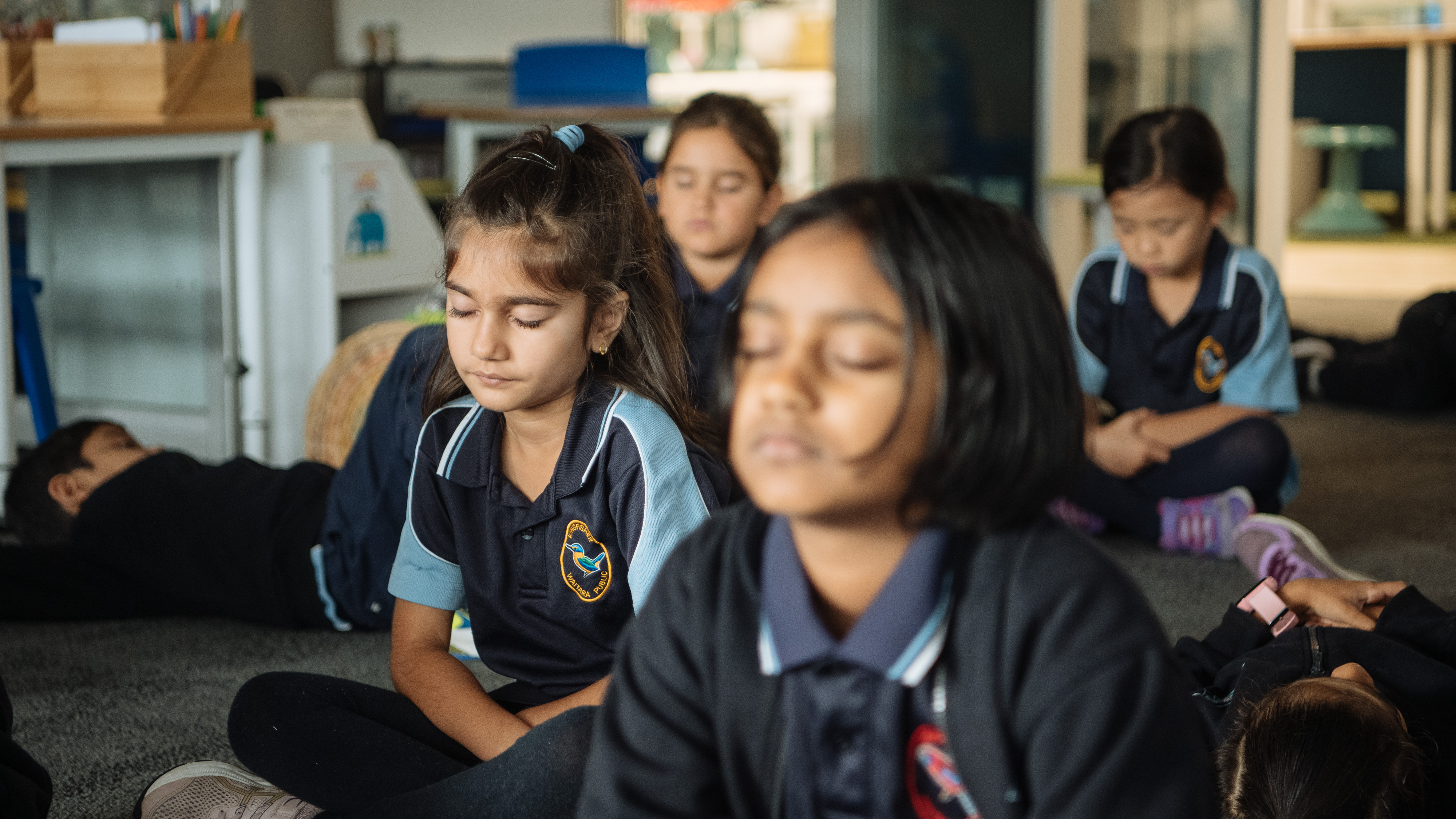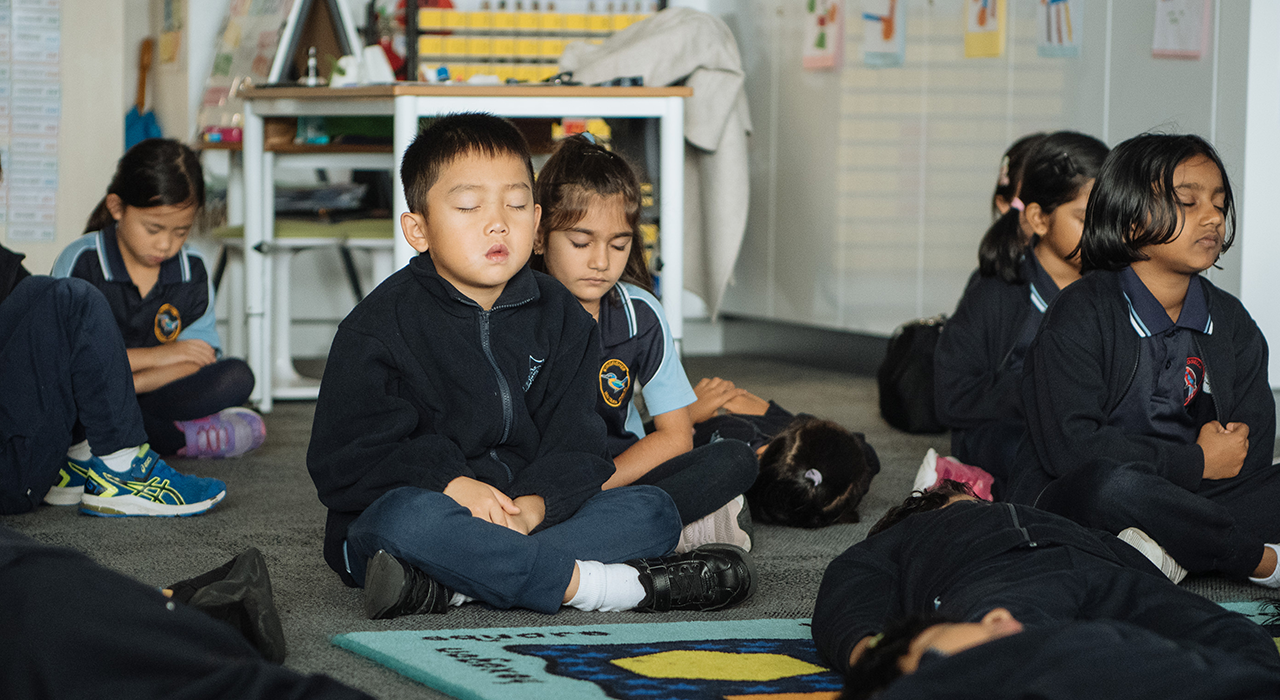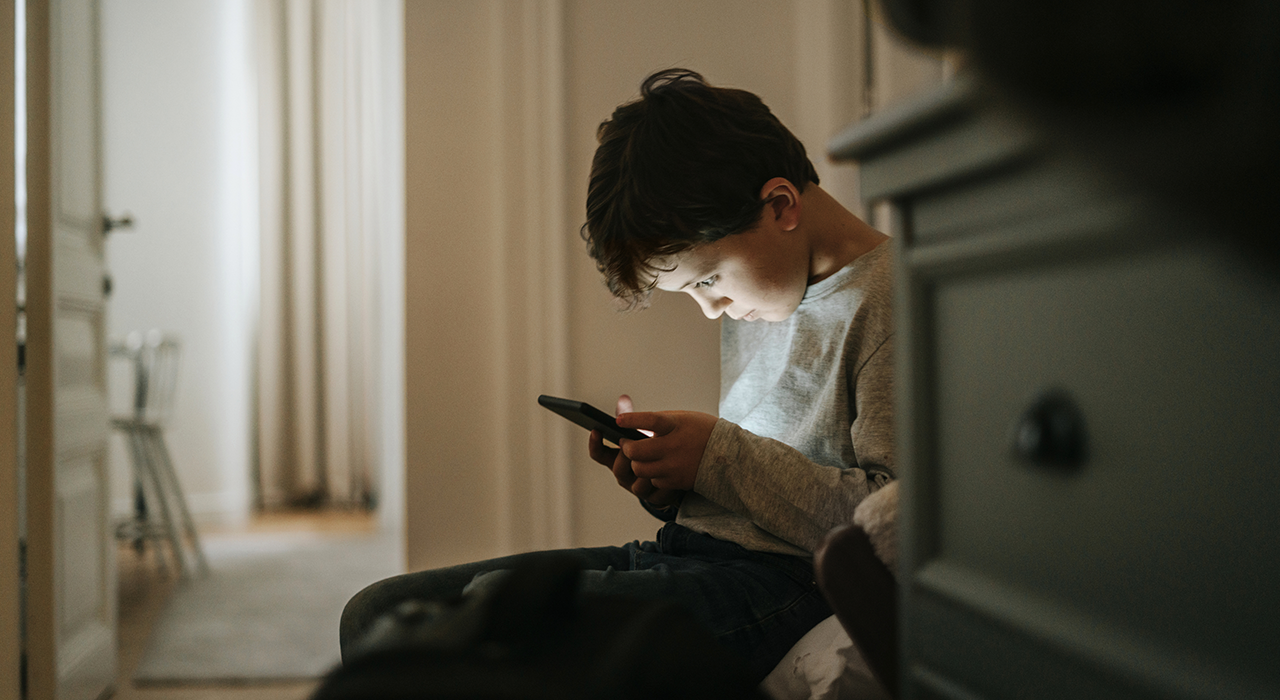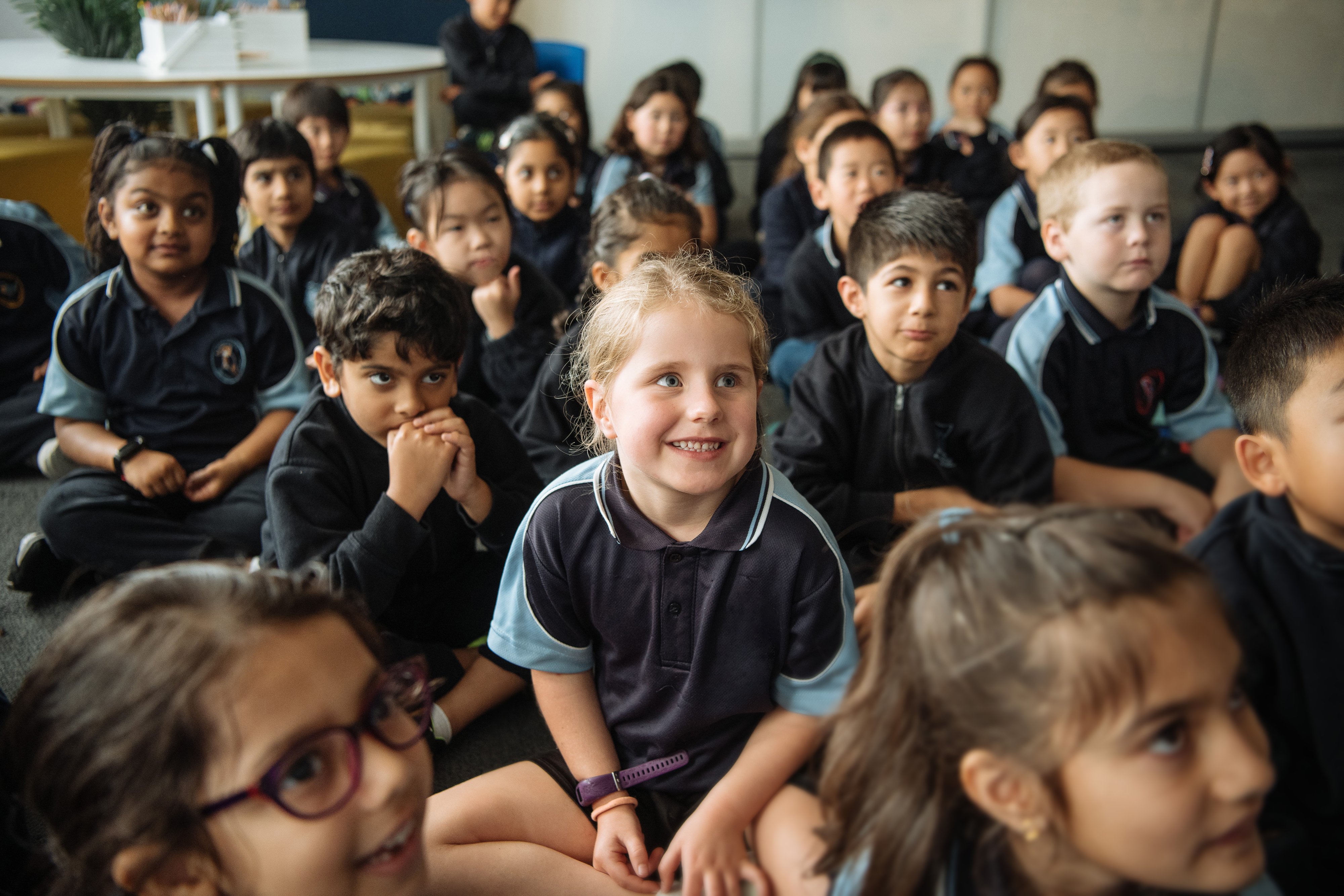Healthy friendships are fundamental to a child’s emotional and social learning in school, but they don't always come easily. Here's how teachers can help support classroom connections from day one, with tips and activities to keep them going throughout the school year.
Teachers days are full on—from lesson planning and marking to parent communication and admin tasks. And then there's everything else they do beyond the curriculum: helping kids work through conflicts, lifting them up when they're unsure, and making sure every student knows they're valued and belong.
The reality is that whether it's in the classroom, on the playground or in the schoolyard, school is where kids begin to develop and understand the vital life skills required to feel secure within a bigger group. This sense of belonging lays the foundation for positive relationships and a healthy learning environment, supporting students well beyond the classroom.
The good news? There are practical, evidence-informed strategies teachers can use to nurture these connections. Let's explore how groups naturally develop, what we can do to support students who find friendships challenging, and simple activities that strengthen classroom bonds.
What are the stages of group development?
Forming
The first stage of group development can last a few weeks and focuses on allowing students to talk and get to know one another.
In this stage teachers can:
- Use ‘get to know you’ activities to break the ice
- Choose activities that encourage constant mingling
- Implement randomised grouping methods to keep kids engaged with different people
- Encourage students to use active listening to find people with similar interests in the class
According to Smiling Mind’s psychologist, Therese Sheedy, Prep to Year 9 kids “should never pick their own partners” during activities. Why?
“They will always go where their comfort zone is,” Therese explains. “It’s important teachers rotate and mix kids with others so they learn to get to know and play with each other. The more we break down barriers in this stage, the more we make healthy friendships.”
Storming
The second stage of group development, called ‘storming’, sees social hierarchies begin to develop within the group. Therese explains that during this stage, students become more aware of “how much their personality is going to mix, blend or clash with other kids”.
At this stage, teachers can:
- Analyse how students are expressing themselves—who’s more confident and outspoken? Who’s more reserved?
- Notice how these students are interacting—is the confidence of one student causing another to withdraw?
- Use these observations to inform how you mix and pair students with others to encourage confidence building across the board
Norming
During the norming stage, students begin to identify themselves as part of the group—the group becomes their new “normal”. Therese says this identification helps students become more “collaborative in their problem solving and work”.
Here's what teachers can do now:
- Continue implementing collaborative classroom activities
- Encourage students to support and cheer for their classmates (e.g. during school sporting events, games or competitions)
If done correctly, the forming, storming and norming stages of group development allow for students to reach the performing stage much more quickly.
Performing
The performing stage is when the students are functioning most effectively as a group. “They begin to grow and learn together, and help each other through this growing and learning,” Therese explains.
During this stage, students feel secure and comfortable within the bigger group dynamic. Often they will have developed positive friendships and integral friendship skills during this stage as well.
Adjourning
This final stage of group development is the adjourning stage—also known as the “moving on” stage.
“A lot of kids don’t like it, teachers don’t like it and parents don’t like it. But, it’s a really important part of the growth process that we do leave and move on,” Therese says. “It’s important for children to realise that change is a natural part of life, and we want them to develop the skills to grow with change and embrace it.”
During this stage teachers should focus on:
- Showing support and excitement for the student’s next steps
- Express confidence that the student is ready for a new adventure and to make new friends
- Re-visit confidence building exercises if students feel unsettled or are experiencing emotional difficulties
Supporting connections that don’t form naturally
Many factors can affect how a child develops social connections and Therese points out, “It’s not always going to happen naturally for a lot of kids,” points out Therese. Some factors that may affect how students form connections include:
- Being behind developmentally
- Lack of confidence
- Family dynamics—including where they sit within their sibling group
- Their personality style
Teachers play a vital role in helping students navigate these challenges as they build the skills they need to connect with others.
By identifying and then maximising a student’s individual character strengths in the classroom, teachers can help guide children to foster relationships in ways that feel comfortable. Some ways to do this include:
- Allocating students roles that they don’t naturally gravitate to, to help them step out of their comfort zone
- Continue to provide positive reinforcing feedback to students who lack confidence
- Question why students behave in a certain way—usually there’s a deeper motivation for recurring behaviours
Tips to strengthen classroom connections
1. Incorporate a blended learning approach
A blended learning approach in the classroom involves incorporating mindfulness activities into your students’ daily routines. Found to improve positivity and engagement, research suggests these mindfulness practices help students better regulate their emotions and build healthy relationships with confidence.
2. Encourage your students to take responsibility for their actions
By taking responsibility for themselves, their possessions and their work, students develop a sense of capability and independence within themselves. This helps them grow more confident and thoughtful in how they interact with other students. Examples of this can be:
- If they lose it, they should go find it
- If they forget it, allow them to go without
- If there’s a problem, ask them how they would fix it
3. Support constant mixing and mingling in your classroom
Don’t allow kids to constantly go back to their comfort zone (or person). The classroom is a great place to learn how to work with people of different backgrounds, cultures, personalities and quirks. Push your students to spend time with each other during classroom activities.
4. Allow each day to be a fresh start—every day can bring a change (even if subtle) to a child’s behaviour
People are constantly evolving—especially children. As a student progresses through their schooling, their personality, capabilities and behavioural habits will progress as well.
Be flexible with how you approach your students and acknowledge their developments to ensure you’re always helping them grow.
Activities to Build Connections
Activities that focus on supporting classroom connections should aim to teach students that they’re capable of forging connections and making good friends with an array of different people—that they're socially adaptable. Some activities Therese suggests include:
Connecting Games
Connecting games should encourage students to gently get to know one another with minimal pressure. Often considered to be icebreakers or “get to know me” activities, connecting games are great tools to utilise in the forming stage.
Collaborative Games
Collaborate games aim to make students work together to brainstorm and problem solve. Teachers should guide groups to respect when others are speaking and to listen to one another. These games should also help build trust and friendship amongst classroom peers.
Reading and creating social stories
Incorporating social stories in your teaching is a great way to portray common social and emotional situations and challenges to children. By using stories, you can show acceptable behaviours and reactions to these difficulties.
“We learn because we’re social animals,” Therese explains. “Social stories help represent and teach kids how people operate in social situations” encourages Therese. “These stories inform the developmental stage of understanding how things happen.”
Therese suggests taking this a step further by encouraging children to create, draw or write their own social stories, to “help them process the information they’ve just received”.
Learning how to engage, connect and be part of a larger social group (like a class in school) is a fundamental part of a child's social and emotional learning (SEL). These connections allow kids to build friendships, gain confidence, and experience belonging.
Looking for more ways to boost mental fitness in your classroom? Find out how the pre-planned SEL lessons in Smiling Mind's Primary Classroom Curriculum can support mental wellbeing at your school.
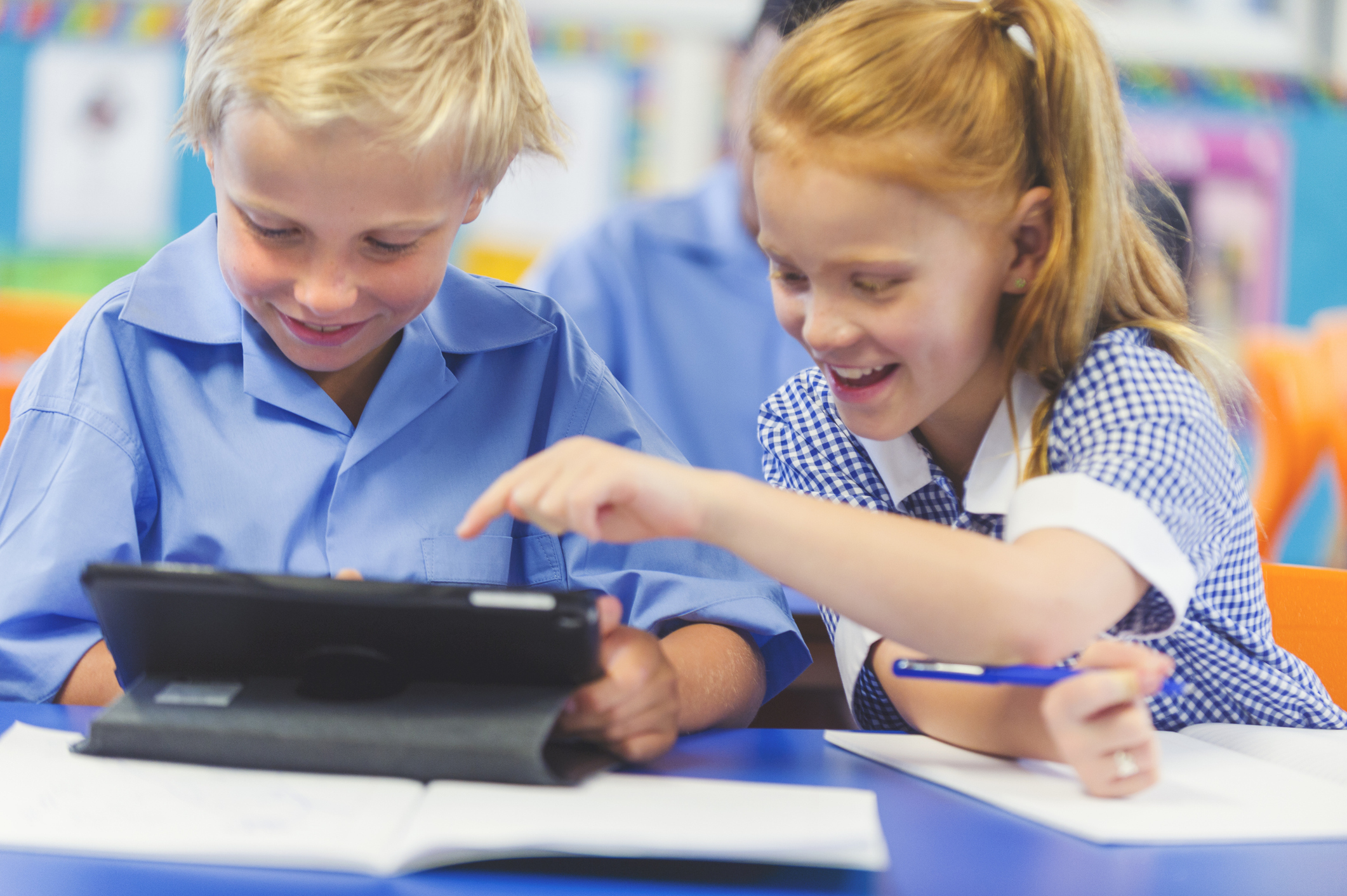

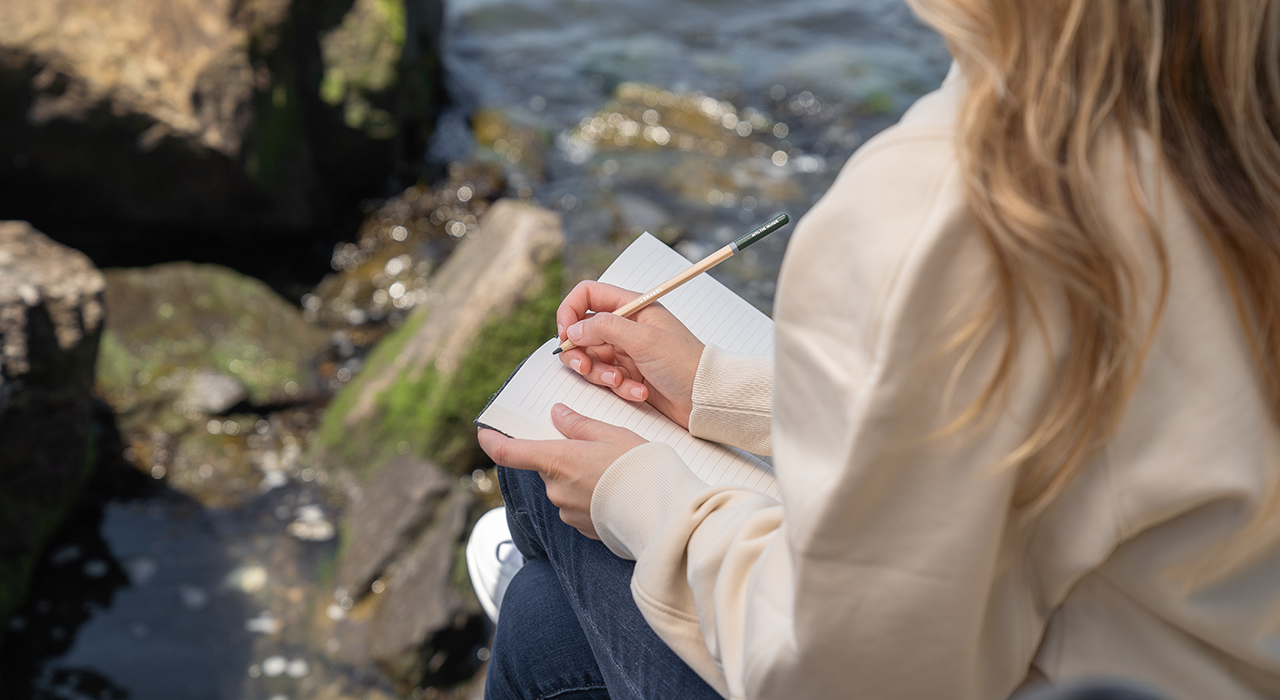
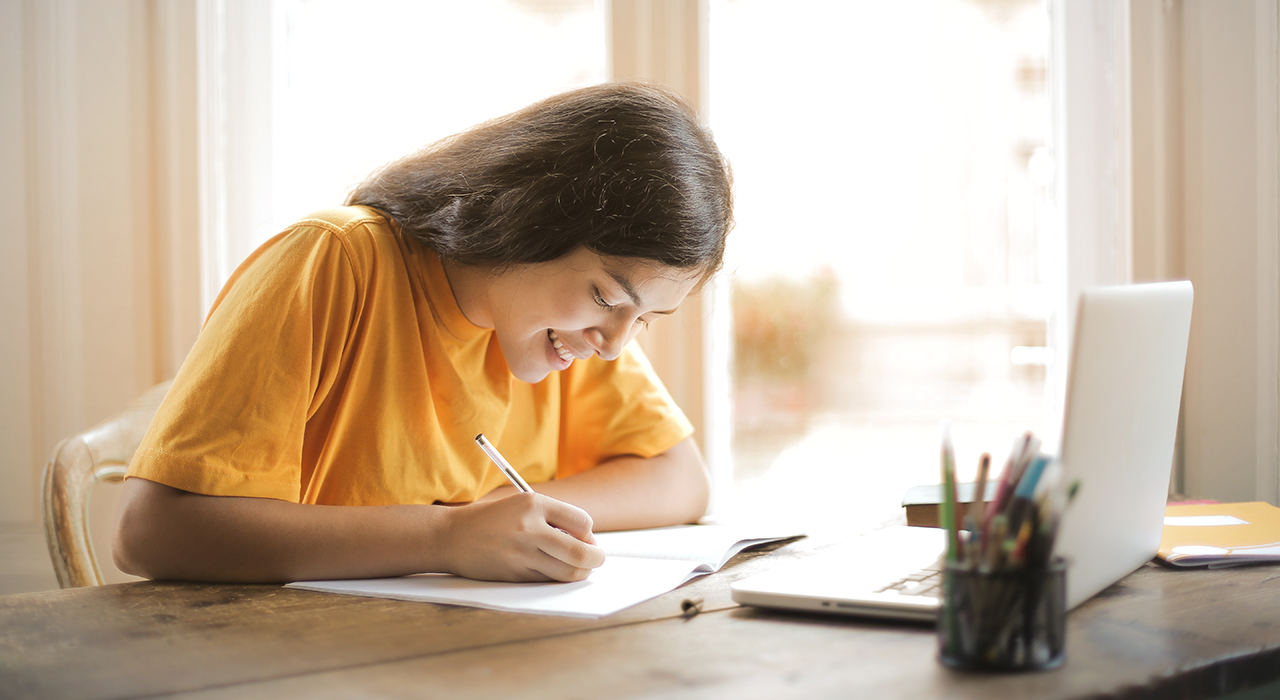
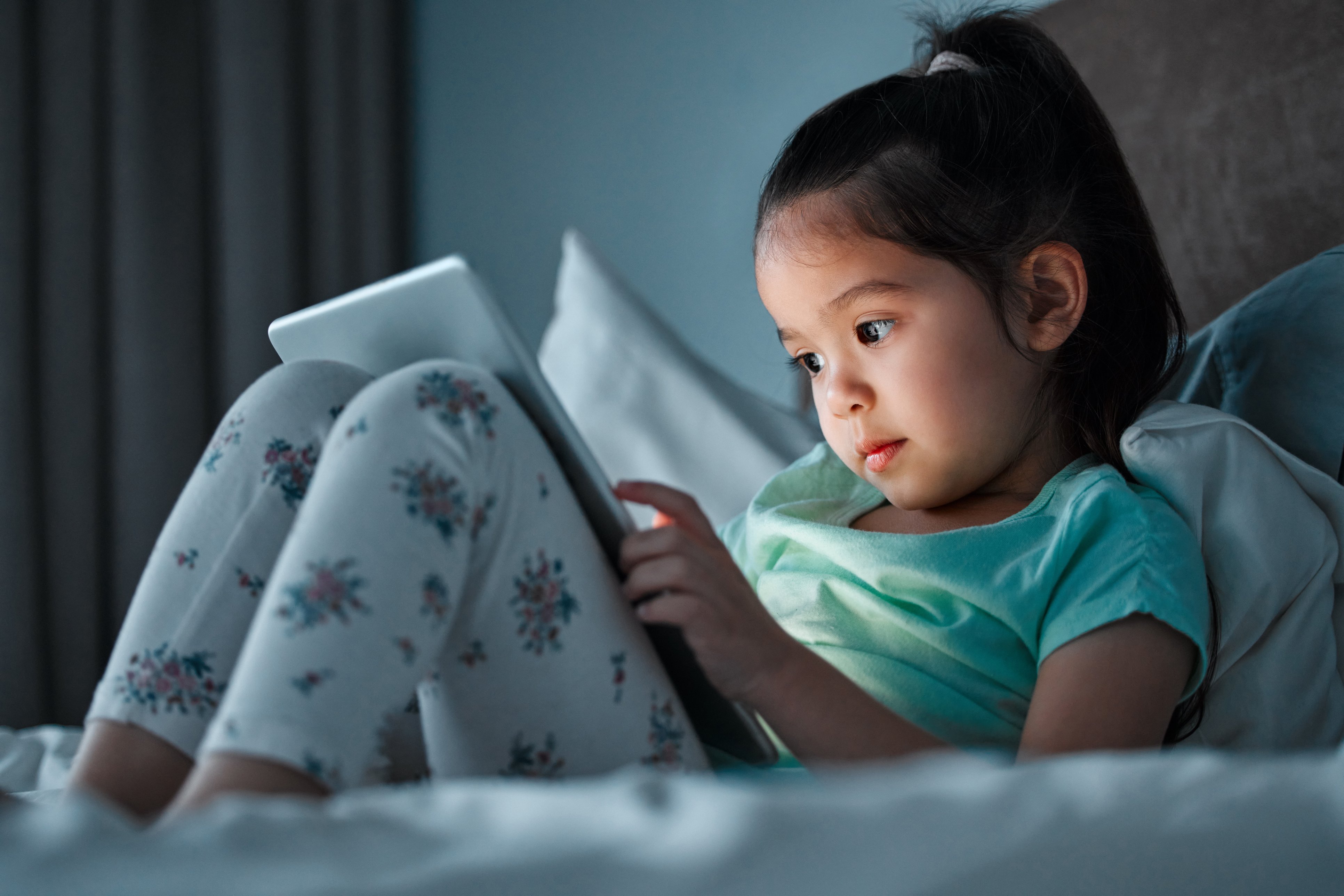




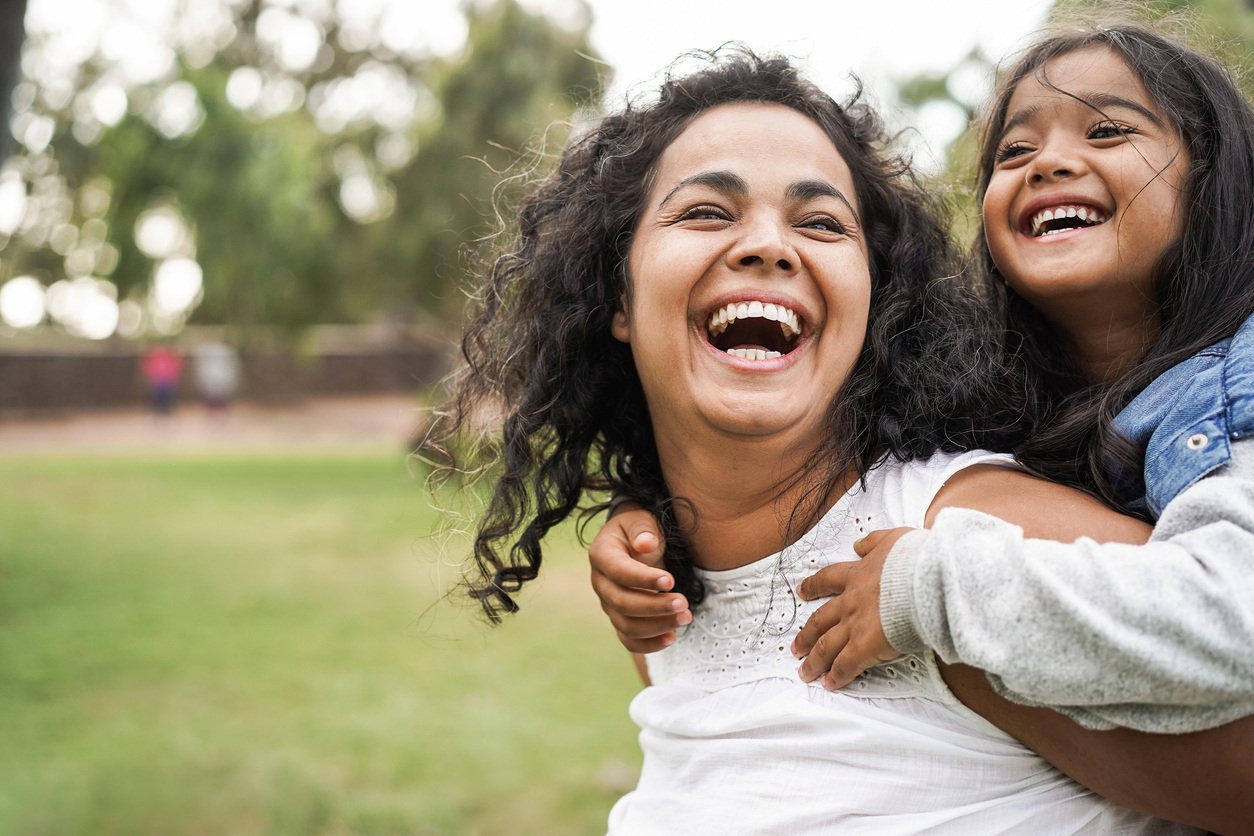
.jpg)
